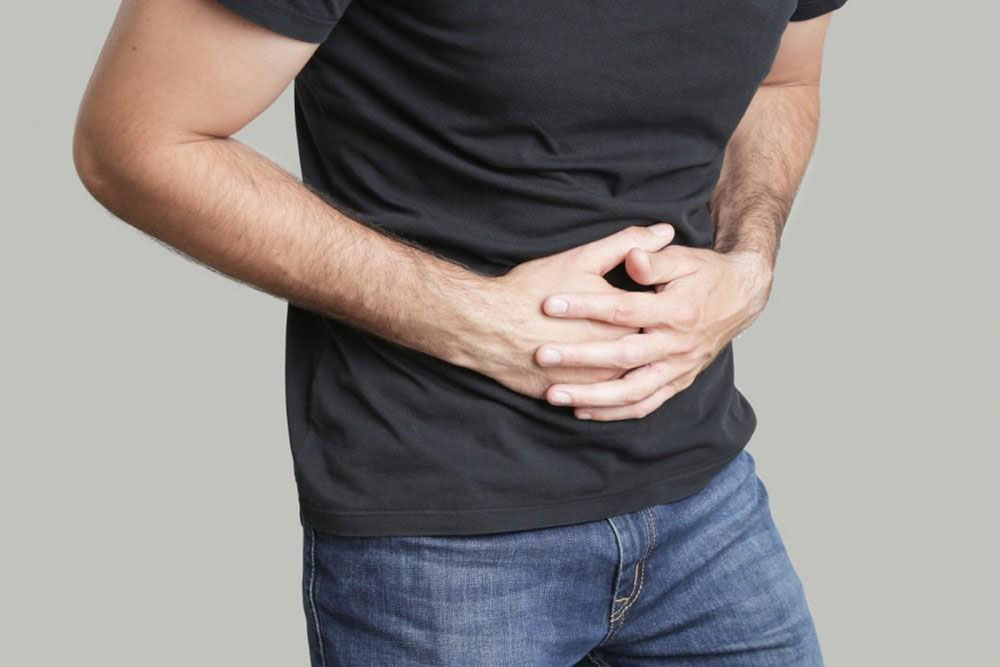What Is Obstruction Of Bile Duct?
A bile duct obstruction happens when something blocks the tubes that carry bile from the liver to the intestines. Bile helps digest fats and remove waste. When bile can-t flow properly, it can cause pain, infection, and other complications. In medical terms, this condition is coded as K83.1 in the ICD-10 system.
Common Causes and Risk Factors
- Gallstones lodged in the bile duct
- Scar tissue or strictures causing narrowing
- Tumors in the bile duct, pancreas, or liver
- Infections such as cholangitis
- Primary sclerosing cholangitis (PSC)
- History of abdominal surgery
- Family history of bile duct disorders
Signs and Symptoms
- Yellowing of the skin or eyes (jaundice)
- Dark urine and pale stools
- Intense itching
- Pain or discomfort in the upper right abdomen
- Fever and chills (if infection is present)
- Unexplained weight loss
How Dr. Rishi Chadha Diagnoses Obstruction Of Bile Duct?
Dr. Chadha uses a clear, step-by-step approach:
1. Detailed Medical History and Physical Exam
He reviews your symptoms, past medical and surgical history, family risks, and conducts a focused abdominal exam.
2. Blood Tests
Lab work evaluates liver enzymes, bilirubin levels, and checks for infection markers.
3. Ultrasound or CT Scan
Non-invasive imaging helps visualize gallstones, strictures, or masses in the bile ducts.
4. MRCP (Magnetic Resonance Cholangiopancreatography)
A detailed MRI study of the biliary tree to pinpoint blockages without radiation.
5. ERCP (Endoscopic Retrograde Cholangiopancreatography)
When necessary, this allows direct visualization, biopsy, and therapeutic intervention (stone removal or stent placement).
Frequently Asked Questions
What is the main cause of bile duct obstruction?
Gallstones are the most common cause.
What are obstruction of bile duct symptoms?
Look for jaundice, dark urine, pale stools, itching, and belly pain.
How is bile duct obstruction diagnosed?
Through blood tests, ultrasound, MRCP, and sometimes ERCP.
What is the obstruction of bile duct ICD 10 code?
K83.1
Can diet changes help with bile duct blockage?
Yes. Low-fat meals and good hydration support bile flow.
Are there medications for this condition?
Yes. Antibiotics for infection and drugs like ursodeoxycholic acid.
What is ERCP?
A procedure using an endoscope to view and treat bile duct blockages.
When should I see a doctor in Houston?
If you have yellow skin/eyes, dark urine, or severe belly pain.
Is bile duct obstruction life-threatening?
It can be if untreated, so prompt care matters.
How long is recovery after ERCP?
Most people go home the same day or next, with quick relief.











